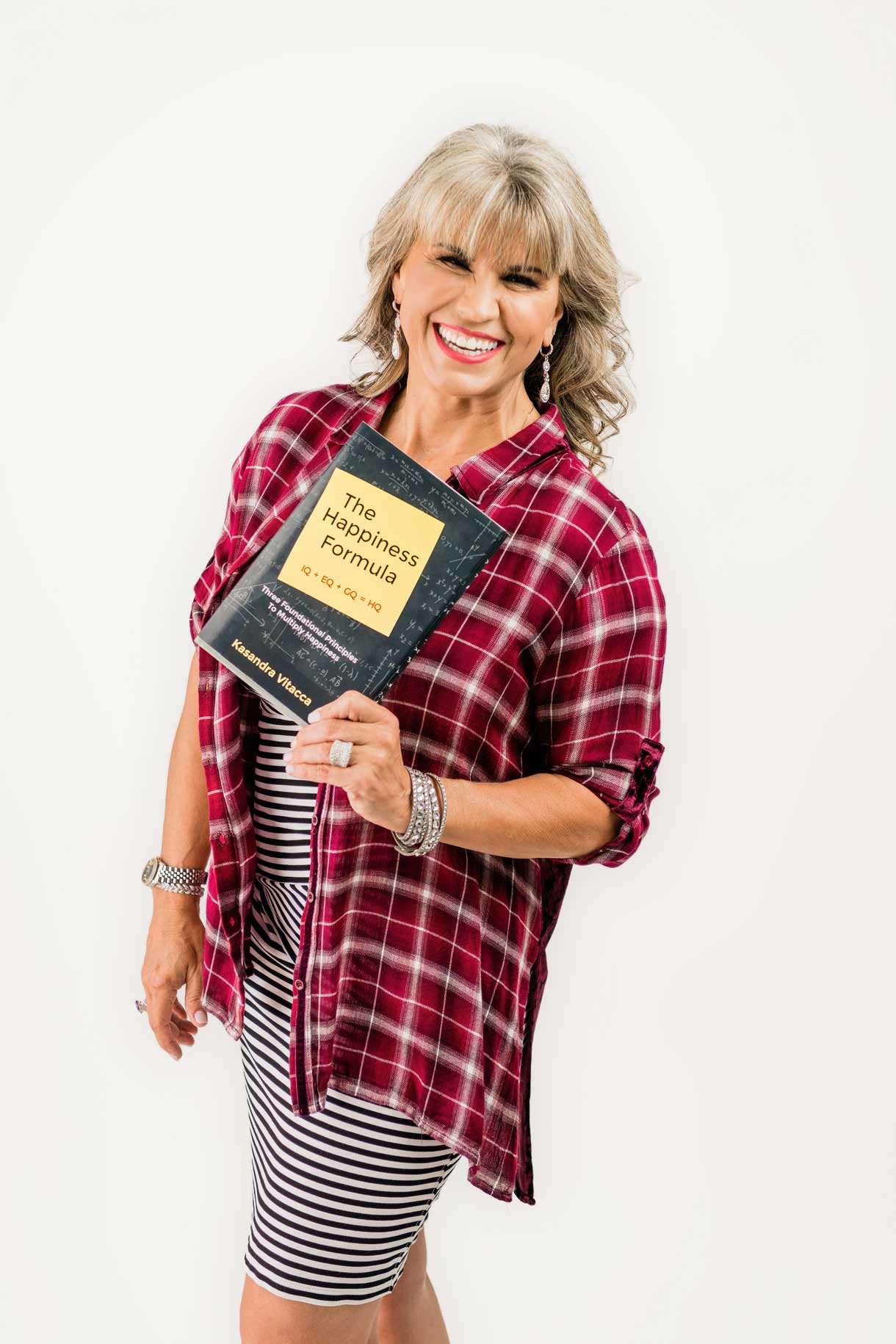Our Litmus Test Limits Our Listening

“I feel like I might not be a good mom. He’s a person. I am responsible for a person! There’s a physical limit to what I can do so I let him watch tv or give him the ipad. It’s hard for me to keep up. I feel like I need to be educating him every second of the day.”
The frustration in her voice was palpable through the phone. It was our monthly coaching call to check her progress on her annual plan. While she said she was tracking in most areas, she had done very little with regard to her health. I asked a few questions and the conversation quickly became a lament with regard to her abilities as a mother.
The Litmus Test
In “The Happiness Formula,” I discuss the need to examine our “litmus test,” the standards, beliefs, ideals we have about who we are “supposed” to be and, as such, our limiting beliefs. Until we fully examine all the ways we have closed our minds to possibilities for ourselves, it is impossible to truly hear and understand what someone else communicates because, alas, we limit them as well.
Fancy terms for this process include “confirmation bias” or “vindictive protectiveness” and more known terms include “judgmentalism” and listening with “filters.” In the end, we hear what we want to hear rather than listen for what is being said underneath the words. The only way to listen for what is being said beyond the words is to ask questions of clarification.
Ask Questions
To assume you understand what another is trying to convey because you know the basic meanings of their words, you share the same skin color, gender, family of origin, or, possibly worse, to assume you know what they are communicating because you do not have these characteristics in common, is to inevitably err in understanding. To increase the chance that you will not mis-interpret another requires that you ask questions. “Tell me more.” “Elaborate on that term.” “Give me another example.” Then, before you offer any thoughts, ideas, and/or solutions, repeat what you heard and ask them to confirm if you are correct in your interpretation.
As a leader, a lot of emphasis is placed on how to effectively communicate which practically translates to how well one speaks and delivers a message. Leaders are coached on how to choose words that won’t offend, notice body language so they can adjust their tone, and, generally, cater their message to the recipient. However, because communication is a two-way street, a leader must spend twice as much time working on their listening skills.
Listen
The good news is, you can increase your ability to listen well. And, to listen well begins with acknowledging you have biases and filters and deep-seated beliefs, and possibly even lies, that affect how you understand (or is it “mis”-understand) the world and its people.
If I had not spent years practicing the art of asking questions, I would not have been able to help my client discover an underlying belief that has caused her stress in many areas of her life and, as such, limited her joy in a most precious experience, being a mother. If I had not spent time listening for the feelings underneath the words, I would not have been able to ask my client questions of clarification that allowed us to get at the “real” issue – her limiting beliefs about who she “should” be rather than who she IS or WANTS to be.

I’m excited to walk this journey with you as we unveil the practical and research-based information on how to achieve that which we all desire for ourselves and others – to be “happy”. We discover that happiness is attainable and, better yet, sustainable, as long as one is willing to do the work. In my book “The Happiness Formula”, I dive into each element in detail. Order your copy of “The Happiness Formula”, click here and subscribe to my YouTube Channel (click here) for continued insights and updates into HAPPINESS. Thank you for your support!
Kasandra Vitacca Mitchell
Kasandra Vitacca Mitchell is an Author, Speaker, Coach of Wealth & Happiness with a mission to bring research, wisdom, and authenticity to others via “The Happiness Formula.”



